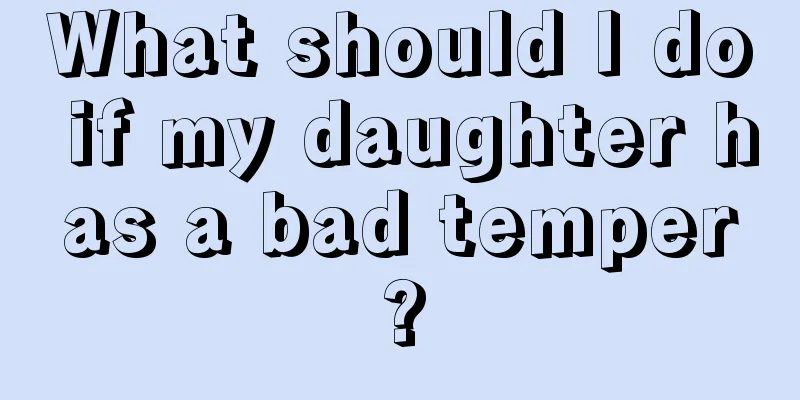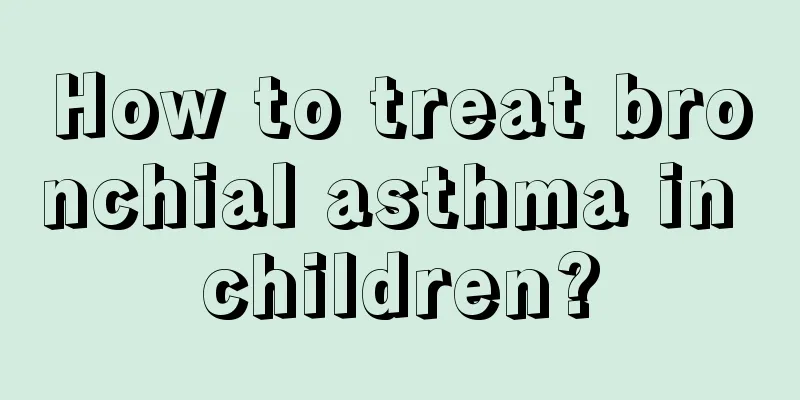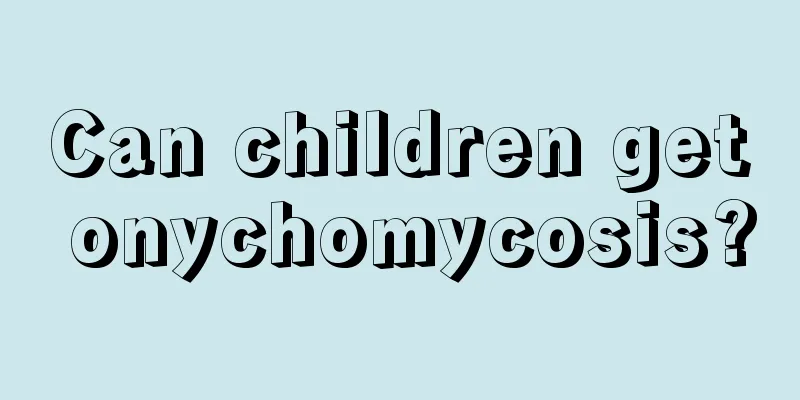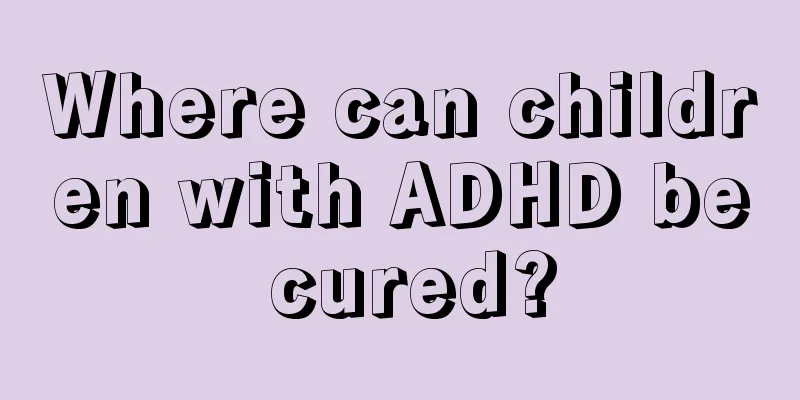How many days will it take for a baby to recover from a cold and fever?

|
It is very common for babies to catch a cold and have a fever, because children often go out barefoot or without a hat. In addition, the temperature difference between indoor and outdoor is quite large, so they may get a fever if they are not careful. After the fever occurs, it is necessary to see if it will be a high fever. Check the child's temperature regularly, observe the child's mental state, and take some anti-inflammatory drugs to treat it, and the fever will subside soon. Process 1 When you notice that your child's temperature is a little high, don't rashly reduce the fever, rush to take your baby to the hospital, or ask the doctor to give you a fever-reducing injection! The baby's temperature seems a little high. It looks like the baby has a fever! When a child has a fever, as long as he is in good spirits and active, he does not need to be sent to the doctor immediately. Parents only need to take the baby's temperature at any time and observe the temperature changes. Then see your pediatrician for a checkup and treatment of the cause of the fever, cough, runny nose, diarrhea, or vomiting. When the body temperature is greater than 38°C (rectal temperature, ear temperature), it is called a fever. It is a normal physiological reaction of the human body and also a warning signal from the body, reminding us that "the baby may be sick." Many parents mistakenly believe that fever is harmful and that a fever that lasts too long may damage the baby's brain. But generally speaking, a fever below 41°C will not cause direct damage to the brain nerve tissue, so there is no need to be overly nervous. There is a saying among the people that "burned the brain". In fact, burned brain is not caused by simple fever, but because the baby suffers from diseases such as encephalitis and meningitis. Generally speaking, fever is just a symptom of these diseases, and what really affects the brain is a serious brain infection. Fever is a warning sign that children are sick, and it is also an automatic response of the body to improve resistance. The key to treating fever is to first explore what disease is causing it, and then treat it, rather than immediately reducing the fever to normal body temperature. Although taking antipyretics in moderation can alleviate the discomfort of fever and illness, it cannot shorten the course of the disease. On the contrary, a mild fever can enhance the effectiveness of the immune system. Therefore, fever is not entirely a bad thing! Process 2 If a baby has a fever, he or she may have many uncomfortable symptoms, such as: flushing, coughing, general fatigue, soreness, dizziness, headache, vomiting, abdominal pain, drowsiness, poor activity, loss of appetite, noisy, restless, crying, etc., which make the mother feel very distressed. However, some babies do not show any abnormal symptoms when they have a fever. Some babies' fever may be mistaken by their elders as teething and thus ignored. If your baby's temperature is high, it is recommended that mothers make an objective assessment first, such as whether the baby has just finished a hot bath, or the weather is too hot, the baby is wearing too many clothes, the indoor ventilation is poor, the baby has just drunk a hot drink, etc. Wait about half an hour before taking the child's temperature again. There will usually be a difference of 1℃~1.5℃. After excluding the above reasons, consider whether you need to go to the hospital. Generally speaking, if a child's temperature is around 38℃~38.5℃, and he or she does not feel particularly uncomfortable and is in good spirits, that is, he or she eats, sleeps and plays as usual, there is no need to rush to send the child to a doctor or use antipyretics. However, babies with a history of febrile convulsions (4% of young children) require active treatment. Most pediatricians believe that when the fever is above 38.5°C~39°C, antipyretics can be used appropriately to relieve the child's discomfort and the parents' anxiety, and to prevent the child from having heat cramps. But if the temperature is above 40.1℃, emergency treatment is required. |
<<: What is the best way to treat baby's buttocks?
>>: How long does it take for baby malnutrition to heal?
Recommend
The baby has fat particles on his face
Many mothers have found small pimples like fat pa...
What's wrong with the red bumps on the three-year-old baby's body?
My baby is three years old. Recently, he has deve...
The child has a fever and is shivering
When children have a fever, they will feel that t...
What are the symptoms of pharyngitis in children
When it comes to the symptoms of pharyngitis in c...
What medicine should children take for anorexia
Anorexia is a condition in which one has no inter...
What should I do if my 5-month-old baby's chin turns red like eczema?
Eczema is a common skin disease in life, and as t...
Why is there blue around baby's lips?
Is the blue area around the baby's lips due t...
4 year old baby snoring
In fact, the symptom of snoring is very harmful t...
What is good for baby food?
When the baby is four months old, parents will wo...
Which department should children see for stuttering
If a child stutters, it is best for parents to ta...
How to effectively treat a 20-day-old baby's cough
In the first period of time after birth, the baby...
What causes sleepiness in teenagers?
With the importance and popularity of academic qu...
What should I do if my newborn baby has not defecated for 4 days?
Generally speaking, newborns defecate several tim...
What to do if your baby has a runny nose after catching a cold
In daily life, we often encounter colds and runny...
0-1 year old baby's visual development process
There is a saying that newborns have no vision. I...









